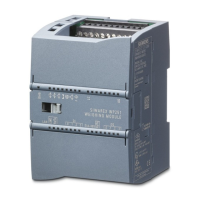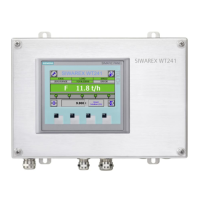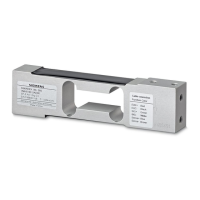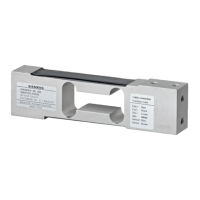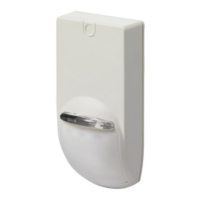Planning the MOBY D system
4.3 Installation guidelines
MOBY D
System Manual, 01/2010, J31069-D0147-A6-7618
59
Metal-free area
To guarantee perfect functioning of the individual installation versions, all larger metal parts
in the vicinity of the antennas must be removed.
Figure 4-20 Metal-free space _side view (using the example of tunnel arrangement on a conveyor
belt)
$QQWHQDEHORZEDQG
0D[
Figure 4-21 Metal-free space _plan view (using the example of tunnel arrangement on a conveyor
belt)
Metal in the vicinity of the antennas
If metal in the vicinity of the antennas cannot be avoided, the following must be noted:
● There must be a minimum allround gap of 100 mm between the antenna and metal.
Serious loss of sensing range must be expected above 50 mm. There is no discernible
influence at distances greater than 150 mm from the metal.
● The influence of the metal depends heavily on its size and shape. Thin metal rods have
less influence on the magnetic field than large surfaces.
● Larger metal surfaces (edge length > 50 mm) in parallel with the antennas or labels result
in a short-circuit of the magnetic lines of force. As a result, the labels cannot be read.
● Metal parts under the conveyor belt change the direction of the magnetic lines of force.
Serious loss of sensing range must be expected as a result. Horizontally aligned labels
cannot be read in such cases.
● The metal parts must not form closed loops or circuits. If necessary, these must be
electrically interrupted at one point.
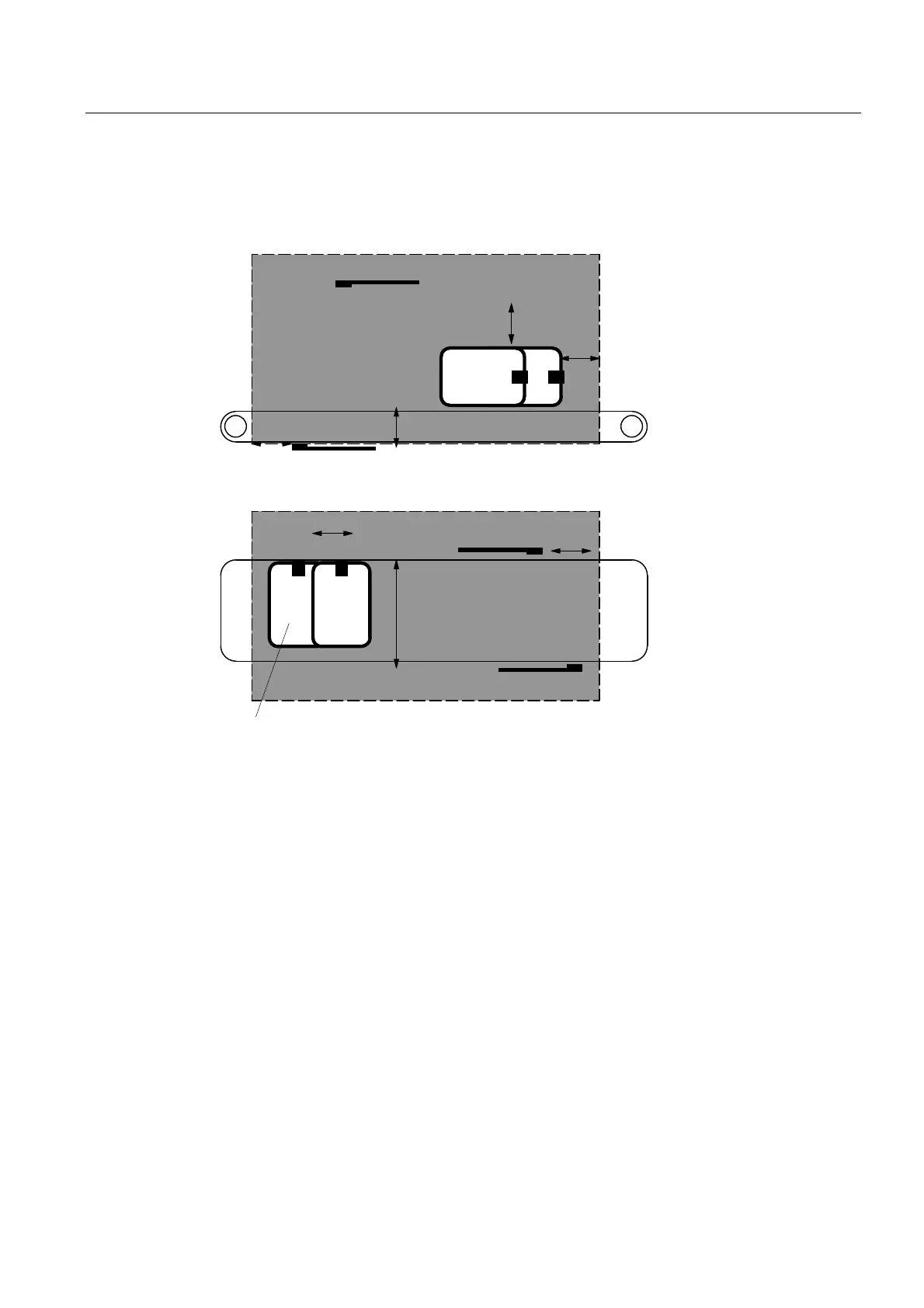